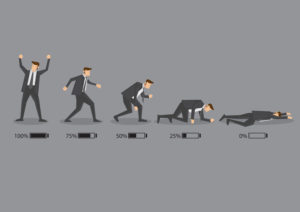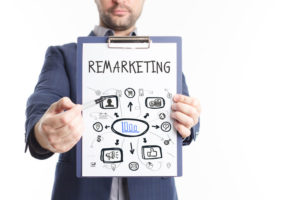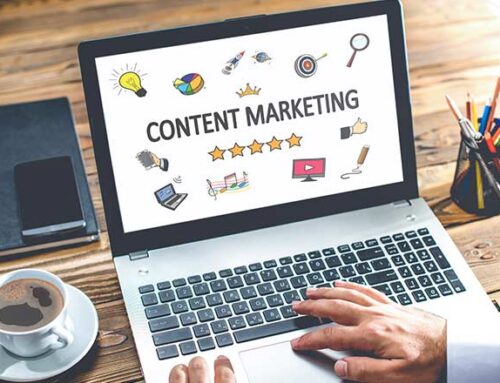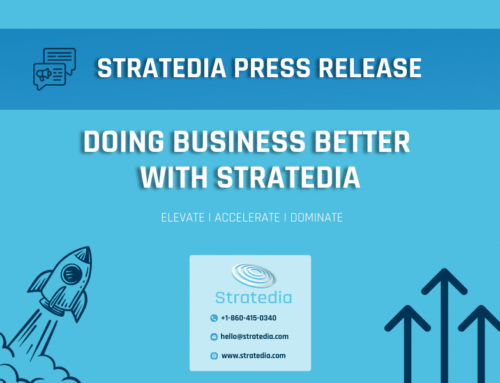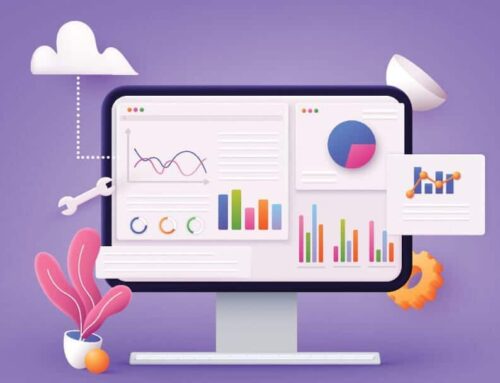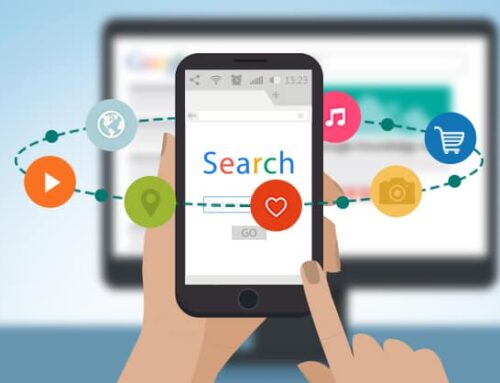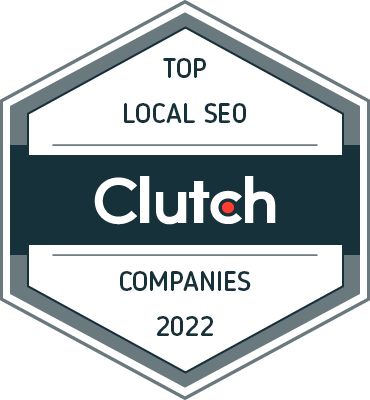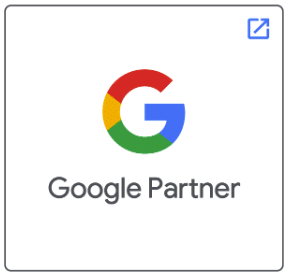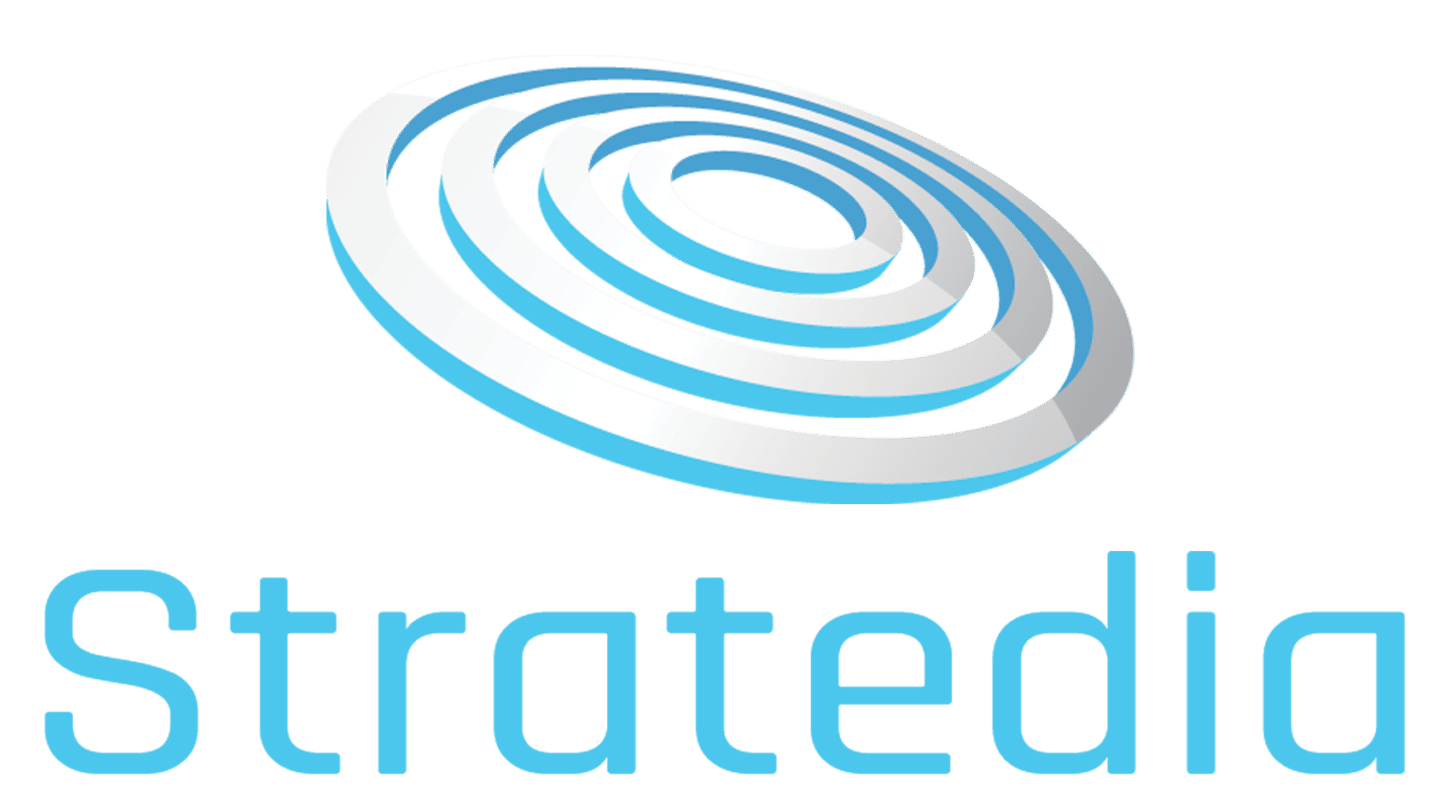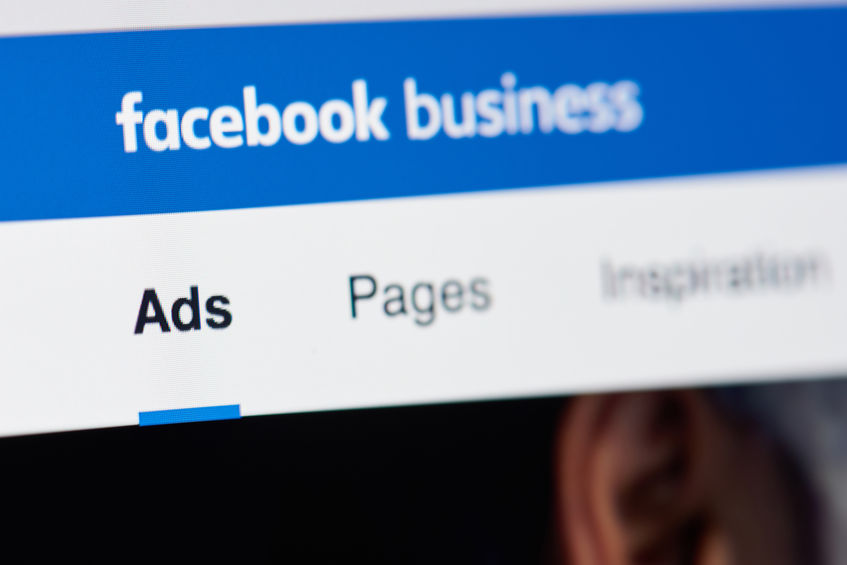
Facebook ads can be a great option when it comes to promoting and can have outstanding benefits. They can lead to brand awareness and a boost in sales if done properly. However, not all Facebook ad campaigns are the same and shouldn’t be treated as such. Something as simple as a little oversight can cost you big time and deplete your Facebook ad budget quicker than expected without the results you want.
Like any marketing platform Facebook ads require more than just standout visuals and engaging copy (it should be noted that these two things are still critically important). Avoiding these common and simple Facebook ad mistakes you can maximize the chances of obtaining your desired results.
Here are the 6 common Facebook ad errors you should avoid:
Not experimenting with different ad types:
Every audience is different, which means that they will respond and engage with your ad in different ways along with varying types of promotions.
Unfortunately too many brands will funnel all of their Facebook marketing dollars into standard News Feed or right column ads, when they have the option to create more engaging campaigns. You can experiment with different media options like GIFs and videos rather than just sticking to the typical ad mediums.
Champs Sports saw an increased in its return on ad spending when switching from the 30-second ad units to using 6-second ads. They saw an increase of 11% in estimated ad recall, a 12% increase in return on ad spend, and 271% increase in video completion rate. This proved to be most effective in driving results across several other key metrics including conversion rate, average purchase value and clickthrough rate.
Finding the most effective format for your unique audience will help make the most of your budget. It is important to test different ad formats to see which ones are more effective in reaching and engaging with your audience.
By optimizing your campaigns for Facebook audience you can have confidence that your ads will stay within budget, and deliver meaningful, tangible results for your business.
Irrelevant Landing Pages:
Having an engaging Facebook ad is just one half of the successful equation, it is also necessary to consider where this ad is taking your customer once they click.
Most brands will have the ad take you to a landing page, and this is where you should fulfill the promise of your initial promotion and deliver on what grabbed their interest in the first place. Unfortunately this is where most advertisers slip up. Some marketers will run a promo for a specific product, but then lead the engaged user to a generic home page or to a completely different offer than what was initially advertised.
Your potential customers clicked on your ad because of what was promised, and so if the landing page connected to the ad doesn’t deliver on what was promised then those prospects will click away and your marketing budge will have gone to waste.
The Landing Page should have matching copy and visuals to the initial ad. If you want it to go to a generic page then make sure that there is a visual link to the promo offered for easy access.
Make sure your landing page matched your ad. This consistency is key to Facebook ad performance.
Not activating Facebook automated rules:
Even the best run ad campaigns will become less effective over time. Also if you don’t have the capacity to constantly check in and monitor your results you can run the risk of overlooking key issues within your campaign. This can drive up your cost per acquit ion and eat away at your marketing budget. However, by utilizing Facebook’s Automated rules you can avoid this
Facebook’s Automated Rules enable you to automatically switch off a campaign or ad, or adjust a campaign budget or bid, based on set conditions.
When you created automated rules in Ad manager they automatically check your campaigns, ad sets, and ads, and then update or notify you of any changes. In addition to these automatic checks and notifications the tool will also take the necessary actions for you.
Your automated rules can include thresholds on cost per acquisition, number of impressions, daily spend, and more.
Facebook can make these adjustments automatically but it is recommended that you have Facebook send you a notification so you can make the necessary changes yourself. This will make sure that you maintain control and awareness of any campaign changes and that you have.
Running Ads at all times:
Traditional ad mediums like TV and Radio do not run the same ads all day and night and Facebook ads should be treated the same. In order to accomplish a nice balance of exposure you must limit how often your ads are shown. You do not want to run the risk of overexposing your target audience. Research shows that users can start to experience campaign fatigue within 3 days of launch if you are not careful.
“Ad fatigue” happens when your audience becomes overly familiar with your ads, gets bored of them, and stops paying attention. Ad fatigue causes your ad campaigns to become less effective over time, hurting your ROI.
A great way to avoid this is to set up a custom schedule for your Facebook ad campaign. This allows you to only display your ads during the specific time that is relevant to your target audience. You don’t want to waste time and money publishing ads at the wrong time, so it is important to post ads at peak times within your target audience.
By reaching your customers at the times that they’re more likely to buy you are minimizing the risk of overexposure and will see improvements in response to your campaign(s).
Continuing to market to converted customers:
Remarketing can be a highly beneficial approach, while this is true you don’t want to keep sending the same ad to someone who has already clicked on it. When someone has already converted as a result of seeing your ad, they most likely don’t want to see the ad over and over again when they are on their feed. This problem can also lead to over exposure or ad fatigue within your target audience and customer.
To avoid this, make sure to exclude people who have purchased the advertised product or taken the relevant campaign action within the last month when editing your custom audience settings.
Doing this will ensure that your ads are reaching new customers and new audiences who have the potential to become paying customers, while not annoying those who already have knowledge of your brand and product.
Constantly tinkering with your campaign:
When it comes to a powerful platform for marketing, Facebook can be a remarkable source, but that doesn’t mean that your campaign will always deliver results from the jump.
For the best results Facebook’s ad system uses machine learning, and in order to maximize performance it requires time to measure user response and then adjust accordingly. There is a “learning phase” where it collects and evaluates initial performance.
The Learning Phase is the period when the delivery system still has a lot to learn about an ad set. During this phase the delivery system is exploring the best way to deliver your ad set. So performance is less stable and cost per action is usually worse.
Most campaigns usually take 24 to 48 hours to get enough data to fully optimize ad delivery. If you are an impatient marketer that runs campaigns short or tinkers with the ad just a few hours after posting you will never reach this point and will end up wasting your budget on unoptimized ads.
While it can be tempting to make quick changes, especially when real dollars are on the line, it is worth the wait to allow Facebook to optimize your ad. For best results you want to run your campaigns in set phases in order to ensure that you’re seeing an optimal response.
GET TO THE TOP!
If you have questions or concerns about Facebook ads, give Stratedia a call at 860.415.0430 or visit us online at stratedia.com.. We‘re ranked #1 as the top seo company CT by Clutch.co! Let Stratedia help you, GET TO THE TOP!


